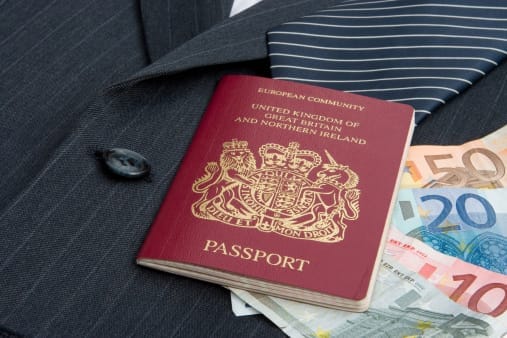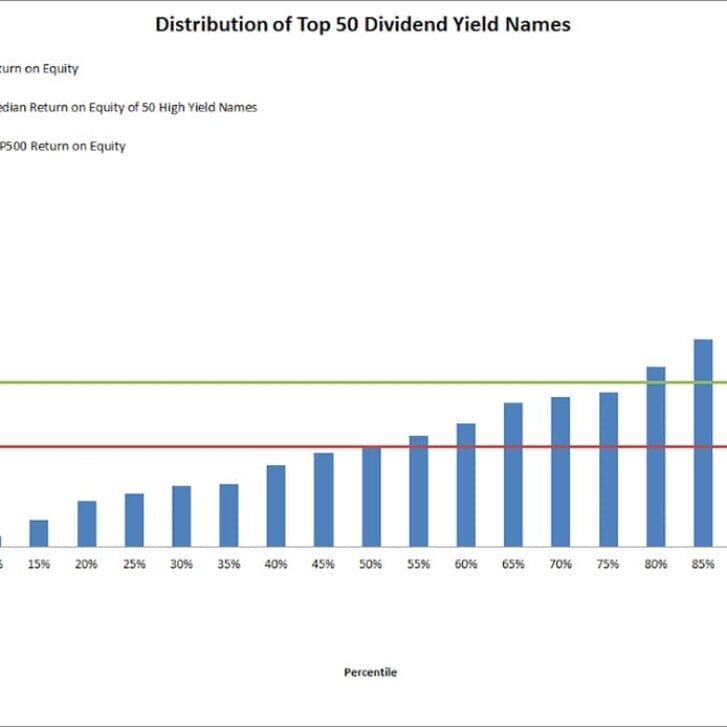“Invest in a Regional Center for your EB-5 green card, because your minimum investment is only $500,000, not $1 million.”
If you are a non-U.S. national who wishes to get a “green card,” or know such a person, you may have seen or heard about messages like the one above in advertisements or on the Web. While this message might be true in some cases, it is misleading, and this blog post will explain why.
Non-U.S. nationals who wish to become permanent residents (that is, to obtain a so-called “green card”) can do so in several different ways. One of the more recent and (until now) lesser known ways is the “employment-based fifth preference,” otherwise known as the EB-5 immigrant visa. By meeting certain conditions, including the investment of a certain minimum amount of money, these persons are eligible for EB-5 visas. Normally, the minimum investment is US$1 million. However, this minimum amount would be only US$500,000 if it occurs in a “targeted employment area,” or TEA. Such areas include “rural areas,” or areas with high unemployment, specifically a rate that is at least 150% of the national average unemployment rate. In addition, under normal conditions, the investment must create at least 10 direct fulltime jobs. Before 1992, an investor who wanted an EB-5 visa had to find or create investment opportunities on his or her own, and was bound by the 10-direct-jobs requirement.
However, to make the process easier and to help attract EB-5 investors, Congress established the Immigrant Investor Pilot Program in 1992. This program has been renewed several times and currently will expire (unless extended again) in September 2012. Under this program, investors interested in an EB-5 visa may invest through a special entity known as a Regional Center. Such entities, under federal regulations, are approved by the U.S. Citizenship and Immigration Services (USCIS) and are involved in “the promotion of economic growth, including increased export sales, improved regional productivity, job creation, and increased domestic capital investment.”
The regulations ease the requirements for EB-5 visas when an investor deals with a Regional Center, as opposed to doing an investment on his or her own. Specifically, the “10 job” requirement can be met by counting not only direct jobs, as under the “on your own” EB-5 method, but also by counting INDIRECT jobs as well. Therefore, for example, if a Regional Center investment project hires only six fulltime employees, but the investment project causes businesses nearby to hire four fulltime employees of their own, then the “10-job” requirement is met.
In this post so far, we have discussed two concepts:
1. Investing in a “normal” region (requires $1 million minimum) vs. investing in a TEA (requires $500K minimum)Investing “on your own” (10 direct job requirement) vs. investing in a Regional Center (10 direct OR indirect job requirement)
2. These two concepts are separate, and should not be confused. In particular, avoid thinking that the ONLY way to take advantage of the lower $500K threshold is through a Regional Center. Conversely, avoid thinking that a “do it yourself” investment must always be for $1 million.
Yes, many Regional Center projects could require only a $500K minimum. But if they do, the reason is that the project is located in a TEA, not that the investment occurs through a Regional Center. That is, a Regional Center project located in a “normal” non-TEA location still would have a $1 million minimum.
Conversely, a “do it yourself” EB-5 investment, i.e., one not involving a Regional Center, would require a $1 million minimum in many areas. However, such an investor can still take advantage of the lower $500K minimum by investing in a project in a TEA, even without a Regional Center.
The choice between a Regional Center and a “do it yourself” investment is an important one, and different investors may do and decide things differently. However, knowing the options and the requirements is key to making an appropriate decision.
This blog post is intended as general information, and does not constitute legal advice. Calvin Sun can be reached at 610-296-3947 or via email at csun@calvinsun.com


























